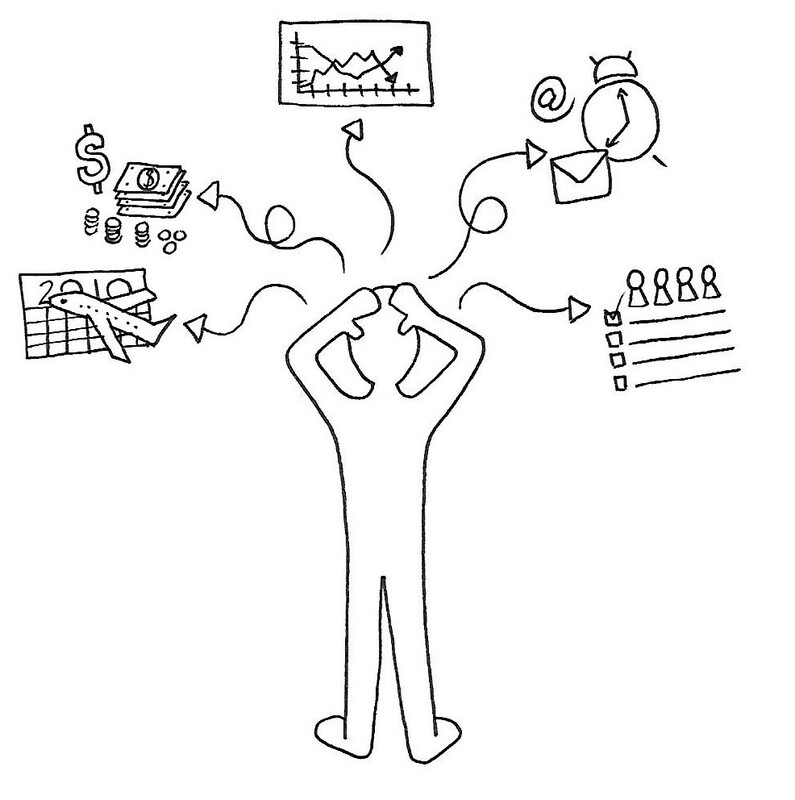There’s plenty of evidence showing the downsides of frequently switching tasks and contexts – search on “task-switching is bad” in your favorite search engine to get an idea. Yet, the reality is that many testing and quality practitioners support more than one product, workstream, or team. What can we do to be effective when we’re required to switch contexts often?

There may be side benefits - or not
Lisa has had both good and bad experiences when she’s worked on more than one feature, product or team. It was best when she could help the teams communicate with each other. For example, if one team tries a new technique, such as impact mapping to help slice stories and found it super helpful, she helped spread that idea to the other team. When two teams were working in the same part of the code, unaware of each other’s plans, Lisa made sure they talked and coordinated their work.
There’s not always a silver lining to supporting two products. For example, Lisa encountered friction with her manager when he assigned her the task to coordinate the testing strategy for a second product. Since she wasn’t familiar with that product, she couldn’t answer all his questions immediately. It shouldn’t have been a problem, since the development lead for the other team, along with other team members, could collectively answer the questions. Yet the manager had expected Lisa to know it all.
Janet’s opinion is that testers shouldn’t be on more than one team because they miss too much – information about the product, risks, or even chances to bond with teammates. She would rather see a team take ownership of all the testing themselves and perhaps use the tester from the other team or product line as a test consultant. However, we recognize that it is not always possible.
Approaches to counteract task-switching
Reflecting on this, one big factor in helping testers and their teams work effectively even when they switch contexts a lot, is autonomy. When team members decide amongst themselves who will take the lead on each feature or story and have the freedom to work together to cover all testing activities, they can find creative approaches to succeed. When managers start assigning tasks to individuals with unrealistic expectations about how much one person can multi-task, everyone may suffer.
If you are in a testing role on more than one project or team, you know this can be a difficult and frustrating situation. Look for ways to engage everyone you work to help you be effective. Ask for their help! Find opportunities to get people working on different efforts to share what they’re doing and perhaps solve common problems together. Provide reality checks about the time you’re able to devote to each work stream. Share what you know about the progress on each.
Task switching is a good topic to bring up in team retrospectives. When the whole team collaborates to try better ways of working, they can find ways around the multi-tasking dilemma.
The idea of a test consultant or quality coach is a powerful idea. We have talked about that type of role in our February 2024 blog post, so please go read that for more ideas. Also, Anne-Marie Charrett has finished her book which we mentioned there, The Quality Coach's Handbook, which is now available on LeanPub and Amazon.